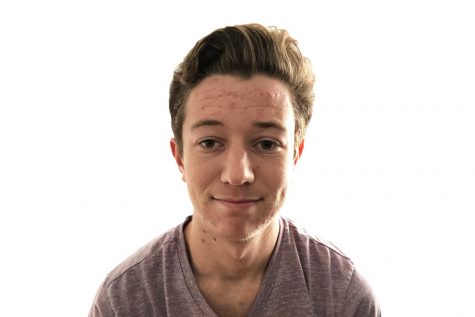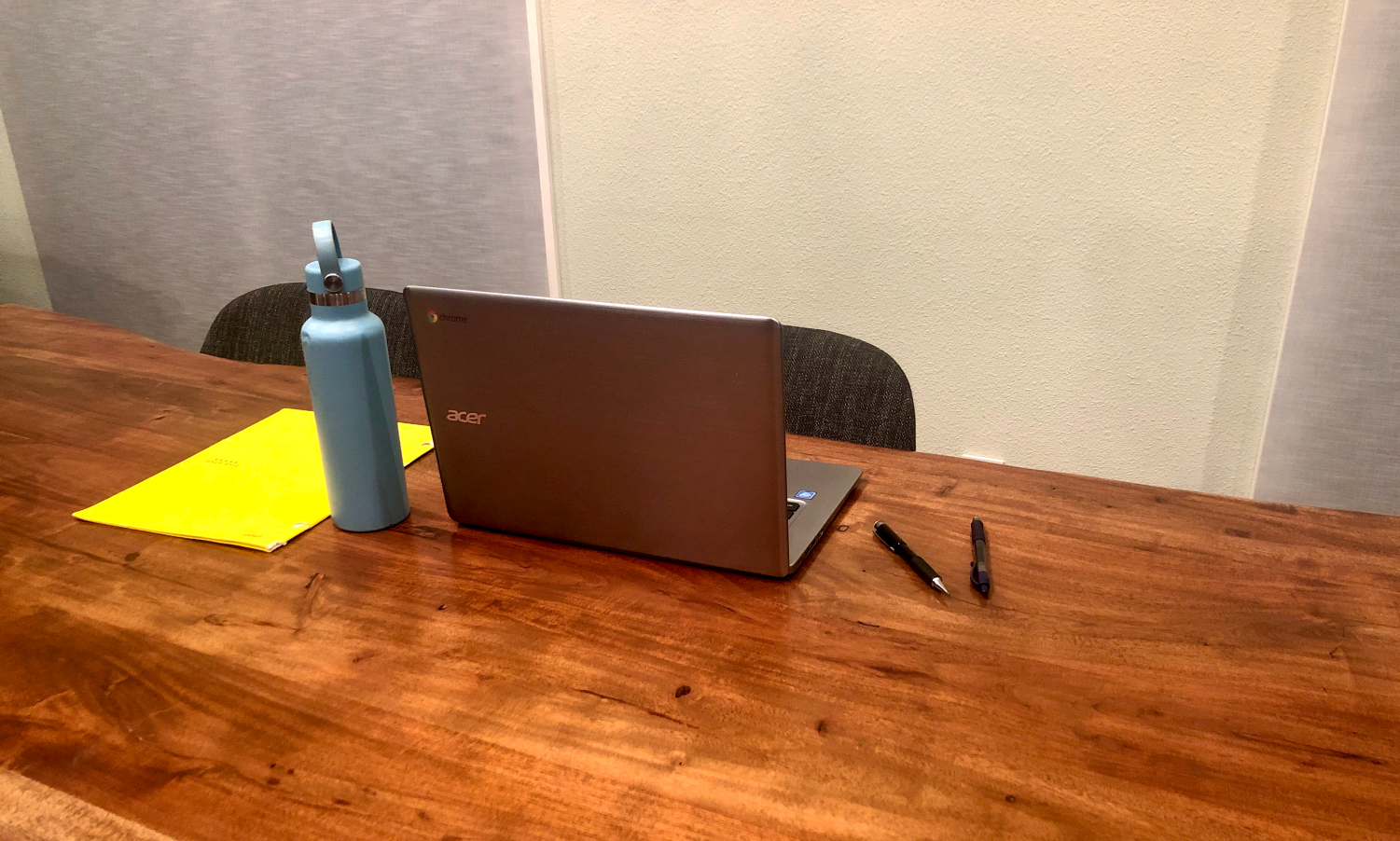
Twitter @EddyYeretnov


November 1, 2020
With at least six teachers dead from COVID-19 in the United States due to school district mismanagement of the pandemic, the Sequoia Union High School District (SUHSD) decided to begin the school year distance learning. This decision comes as the United States continues the push to reopen the economy and schools; SUHSD faces pressure as the federal executive urges schools to reopen. Many teachers and students were concerned as over the summer, the district rashly drafted plans to reopen in-person, and reversed course a few weeks before school began. This feature will analyze the events leading up to the district’s current situation.
After the President of the United States ended his daily COVID-19 briefings in late April and the U.S. saw an initial decline in cases, many parts of the country pushed to reopen. The Center for Disease Control (CDC) published fairly lenient guidelines for school reopening. The SUHSD looked towards reopening in the fall.
In early June, many parents pressured the district to return to in-person learning. The June meeting included one hour of public comment, read aloud by district staff. Commenters were only referred to by first name.
Nancy, a SUHSD parent, said, “I implore you to return to your normal classroom settings, some hybrid model might work, but my son really struggled to learn from online classrooms, there is so much value from working with classmates and teachers in person. It’s just not motivated to sit down at a computer to dry study when you’re a teenager, and all kinds of things distract you. Please vote to try to make it normal.”
Another parent named Sonia found not returning to school unacceptable, saying, “to think that you’re going to close the schools and subject our kids to remote learning is unconscionable.”
Everybody was looking for some way to return to normal, an idea the trustees yearned to follow.
At the next board meeting, district staff presented their return to school plan; the plan included creating stable cohorts of mostly distance learning and only showing up for an in-person flex period in the early phases of implementation.
The trustees rejected this proposal and asked that staff to develop more creative ideas. Many of the requests made were not possible under the current county frameworks.
Trustee Carie Dubois said, “we need to make Scott Morrow [the county health officer] understand that mental health could be more damaging for kids in this age group than the risk of COVID-19. We must have to have more flexibility to make [in-person] school work.” She then went on to say, “we just can’t wait; I want them back in fall.”
Many trustees suggested lowering the number of classes offered to accommodate a hybrid model with stable cohorts, something Board President Alan Wiener believed was not under consideration. However, trustee Georgia Jack disagreed, saying, “if the answer is to get all the classes we currently offer, you get to come on campus one day a week. Is that what you want?” This disconnect between administrators added to the confusion of parents, students, and teachers.
Edith Salvatore, the Sequoia District Teachers Association (SDTA) president, said, “it was really demoralizing to hear the Board essentially say to the principals [and staff], ‘go back, work harder, and be more creative,’ ss if they hadn’t tried to come up with ways to get kids on campus.”
On the issue of following public safety guidelines, Salvatore also mentioned, “it’s problematic that we’re pinning our safety on what the County Office of Health is saying.” She believed that since the Office of Health was balancing health and the economy, its guidelines were not strict enough to protect teachers.
As June and July progressed, COVID-19 cases surged in California. Simultaneously, the superintendent recommended that the district reopen with a hybrid model.
Despite Du Bois’ opposition to the resolution due to her misgivings with the rushed plan, the Board approved a set of schedules recommended by then-superintendent Mary Streshly and upheld her commitment for a “Phase 2.5” reopening with a transition to “Phase 3” later in the school year.
An improbable task by Eddy Yeretnov
“You all seem remarkably comfortable with a plan that had very little specifics in it,” Salvatore remarked after the schedule passed.
Many teachers were concerned with the course of action for reopening. Salvatore cited a survey of union members in which “two-thirds of teachers either were not comfortable or unsure” about returning to in-person instruction.
The ambiguity with the plan and lack of communication throughout the crisis later led to the SDTA submitting a vote of no confidence against Streshly in the fall.
Gov. Gavin Newsom introduced a COVID-19 watchlist to California, which used four criteria to measure a county’s risk of virus transmission. The rules set out included barring schools from reopening if a county was on the watchlist.
San Mateo County was ultimately added to the watchlist in late July. The district then shifted focus at the superintendent’s recommendation to facilitate a distanced reopening for the first quarter and leave the possibility of in-person instruction for the second quarter.
The school year at Carlmont came off to a seemingly strong start. Carlmont Principal Ralph Crame said, “I couldn’t ask for a better opening as far as teachers being prepared to deliver distance learning.” He also praised the teachers saying, “The work and amount of self-training… have been phenomenal in my mind.”
Mary Streshly has resigned as superintendent of the SUHSD after the vote of no-confidence, leaving the district searching for a new chief executive. Assistant Superintendent Crystal Leach is currently acting superintendent.
At their September meeting, the Board of Trustees has switched their stance on reopening, with Trustee Alan Sarver arguing, “the backbone of our curriculum this year will be distance learning.” The district has decided not to rush to reopen in the second quarter, but rather explore how they can safely reopen when conditions improve.
If conditions with COVID-19 improve, the district will try to get more students on campus. That effort includes athletic conditioning, which is currently active on Carlmont’s campus for select sports.
Crame says Carlmont is “in the middle of identifying the biggest need… and making sure our facilities are safe” to bring those students who most require an in-person learning environment on campus.
After a long period of uncertainty and position reversals, it is finally clear that Carlmont will be doing distance learning for the foreseeable future.
